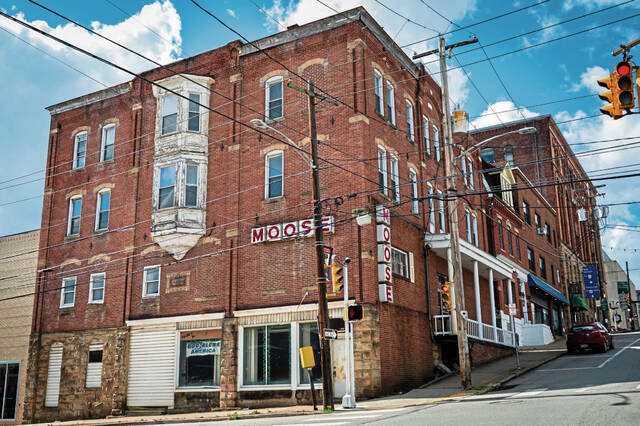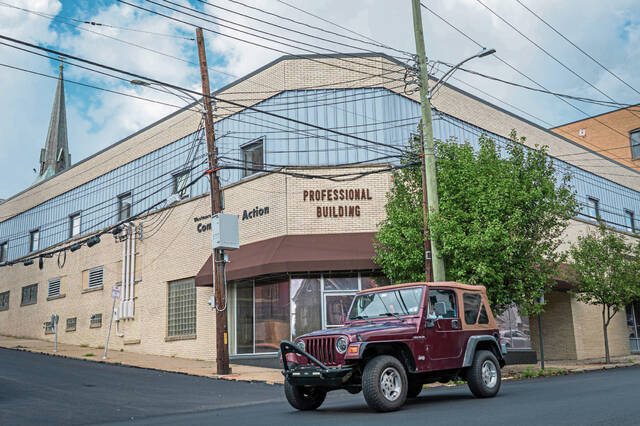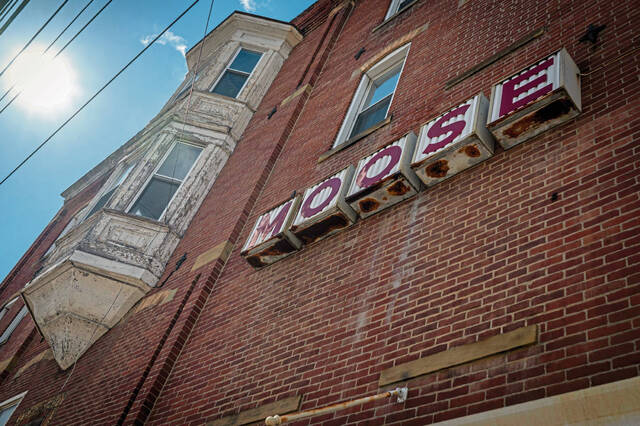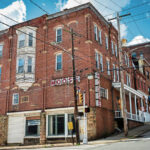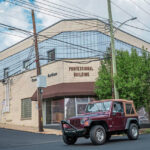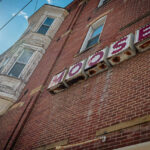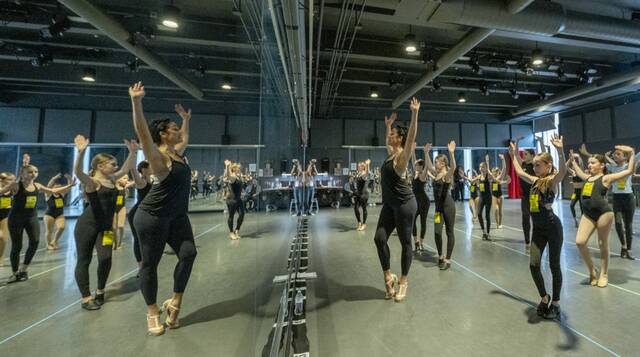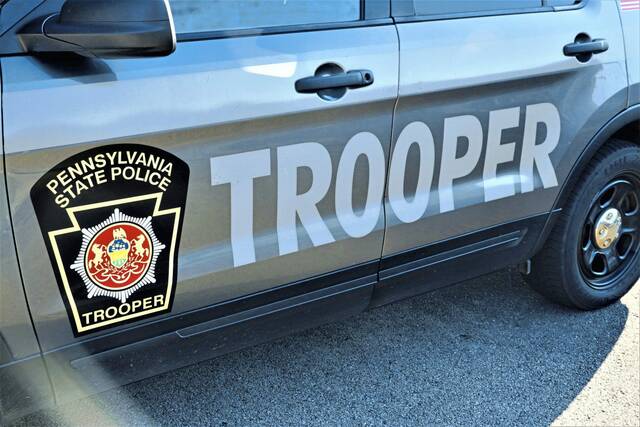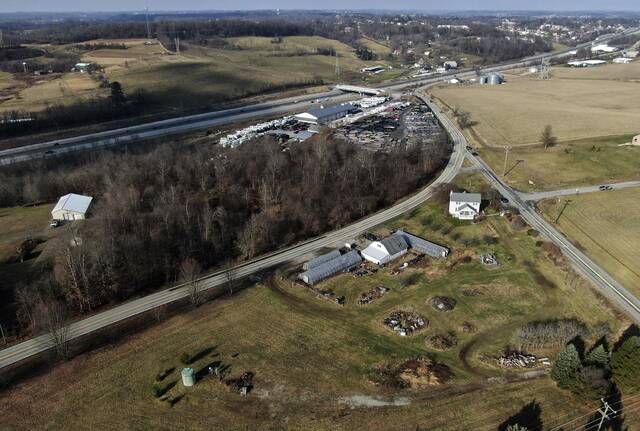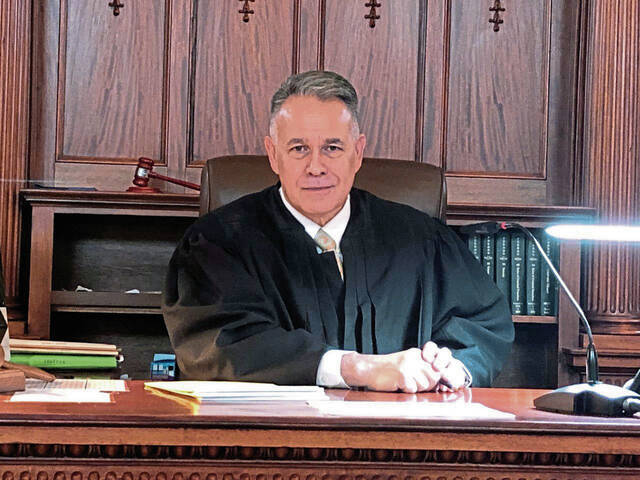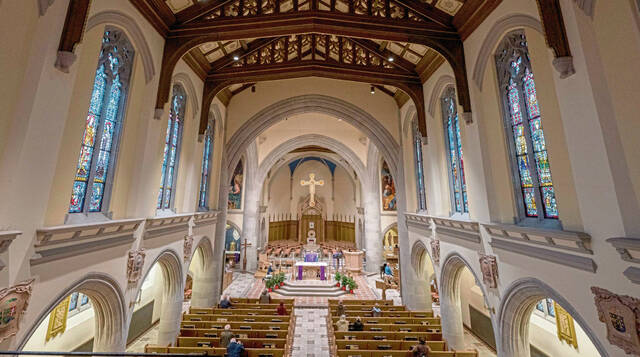Boosting Greensburg’s residential population within the city’s 4-square-mile boundary likely will have to come from building conversions in the downtown business district, a city official said this week.
“Housing is our main focus right now. The only residential growth will be by developing residences” in the downtown area, said Alex Italiano, director of planning and development for Greensburg.
Italiano spoke to more than 110 community, business and government leaders at the Greensburg Development Conference on Tuesday at Seton Hill University’s Performing Arts Center.
Greensburg has a population of just under 15,000 people, according to the 2023 American Community Survey.
For those who want to live in the downtown area, there are 10 apartment communities and about 285 residential units, not counting duplexes or single-family homes, Italiano said.
More than 60% of the people who work in the county seat live elsewhere, said Brian Lawrence, executive director of the Westmoreland County Redevelopment Authority and Land Bank.
“Greensburg is an ‘18-hour’ city,” Lawrence said.
To increase the number of available residences — be it apartments or condominiums — the city has targeted about a dozen buildings that could be converted to a mixed use of residential and retail space.
Italiano said the buildings are within a few blocks of the courthouse that have space in the upper floors that could be converted into living spaces.
“It’s got to come from the private sector,” Italiano said.
The county housing authority has joined in efforts to increase residential living downtown . It had acquired the First Commonwealth Bank building at 111 S. Main St. in 2016 with the intention of creating housing for income-eligible residents but is looking at other options.
The bank building, which still holds a First Commonwealth branch on the first floor, has the potential for 30 to 40 residential units, Italiano said. The upper six floors of the building are vacant, and architects are working on the plans, Italiano said.
If the housing authority were to expand the building with a connection over an alley and construct apartments at the existing parking lot along South Maple Avenue, it could increase the potential residences to 111 units, Italiano said. Those units would have access to parking, Italiano said.
“The goal is to create market-rate housing there on those sites. It’s still early, but I’m optimistic a project will be born out of these efforts,” Italiano said.
The housing authority also has an option to acquire the former PNC Bank branch at 125 S. Main St., adjacent to the First Commonwealth Bank building on South Main Street.
Italiano said an architect has determined it would not be conducive to converting the structure to residential units because it was purposely built as a bank.
Adding more residences in Greensburg would give those working in the county seat an option of living in the city.
Affordable housing is needed, but sometimes there are building codes and land-use ordinances that make it difficult for that growth to occur, said Trey Barbour, senior vice president with Pivotal Housing Partners at its Pittsburgh office.
But the redevelopment authority’s Lawrence said Tuesday that an office building “just doesn’t work out for housing.”
Mayor Robert Bell, who has been the city’s mayor since 2016, said development has occurred along Pennsylvania Avenue and buildings are being occupied.
Now, Bell said, leaders want to focus on Main Street, where there have been a number of vacant buildings for many years.
There is more activity in the downtown area and a variety of events that have helped spur growth, the mayor said.
The city has reinvented itself in the past eight years as a place where people want to live, work and play, he said.
“We have to get feet on the street, then everything else will follow,” Bell said.
To achieve the growth the city wants, communities such as Greensburg need to partner with private developers, said Nate Strum, who leads economic development and community planning with HDR Engineering of Omaha, Neb.
The city could benefit from the growth of the data centers that are proposed for a site such as Homer City, where a company wants to build a 4.5-gigawatt power plant for a $10 billion project to provide the energy for multiple data centers, Strum said.
“It will attract people from all over. People will like places like Greensburg,” Strum said. “Your community is cute. It has such a great identity in the downtown.”


